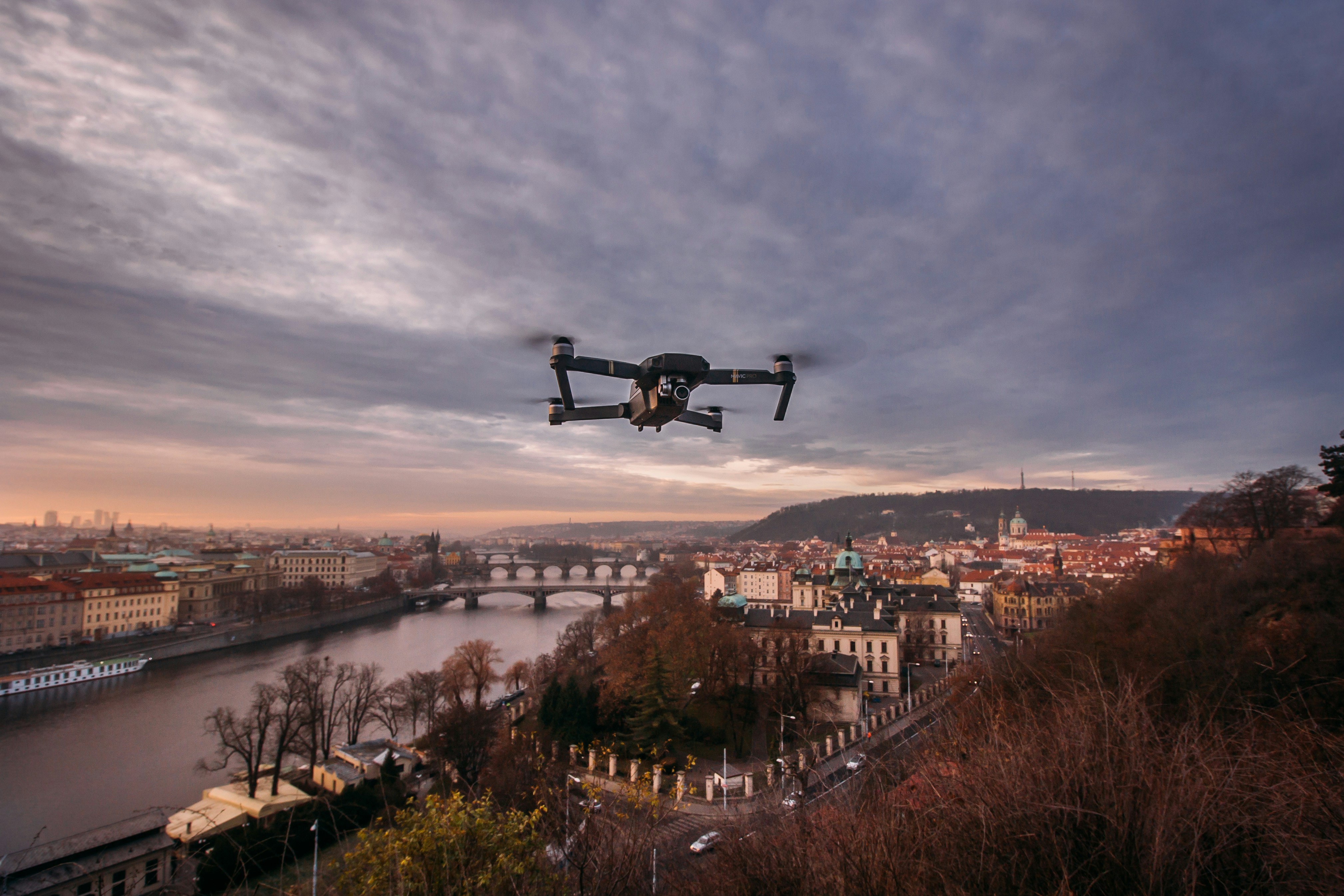Second Climber / Arborist / Tree Surgeon
Description
The Second Climber supports the Lead Climber and the team in performing tree work, maintenance, and removal tasks. This role involves assisting in climbing operations, ensuring the safety and efficiency of tree work, and performing ground duties as required. The Second Climber must have a solid understanding of tree care practices, climbing techniques, and equipment handling and adhere to the instructions and duties given by the on-site Lead Climber and Supervisor.
Responsibilities
Tree Climbing and Maintenance:
- Assist the Lead Climber in tree climbing operations for pruning, shaping, and removal of trees.
- Perform secondary climbing tasks such as setting lines, rigging branches, and assisting with complex cuts.
- Conduct basic tree health assessments and apply appropriate care techniques.
- To work as part of a team and assist in undertaking a full range of tree work including pruning, felling, shaping, planting of trees, stump grinding etc using full safety and climbing equipment and to BS3998:2010 or current standards.
- Undertake tree works outside normal working hours as and when required in response to out-of-hours emergency call-outs.
- Provide ground support during tree climbing operations, including managing rigging lines and equipment.
- Assist in the setup and dismantling of rigging systems and climbing gear.
- Perform debris removal, chipping, and site clean-up after tree work is completed.
Safety and Compliance:
- Adhere to all safety protocols and ensure personal and team compliance with industry standards and company policies.
- Use personal protective equipment (PPE) at all times while on the job.
- Assist in conducting pre-job safety briefings and risk assessments.
- To read, and sign the site-specific risk assessment for each job.
- Responsible for undertaking arboricultural works following legislation, especially concerning working on or close to the highway.
- Put out and collect all road signs following Chapter 8 of the Highways Act.
- Ensuring that all work is carried out safely and conscientiously.
Vehicles, Machinery, Equipment and Tools Handling:
- Operate and maintain climbing and rigging equipment, chainsaws, pruners, and other arboricultural tools.
- Inspect equipment regularly to ensure it is in good working condition.
- Maintain all mechanical equipment and machinery used in connection with the work in a clean condition.
- Set up machinery before use to ensure effective operation.
- When required to drive allocated vehicles following the requirements of the Highway Code.
- Check the vehicle and related plant items daily before leaving the depot this includes the following checks, oil, water, fuel, lights, tyres, brake and other requirements including power mechanisms.
- Report all vehicle defects to the Maintenance and Compliance Manager via the relevant sheet.
- Inspect ropes and climbing equipment to comply with LOLER regulations.
- Ensure that work is carried out effectively to achieve quality and financial objectives, ensuring the safety of all members of staff and the public at all times.
- Carry out minor maintenance or repairs to surrounding ground following works Report any equipment malfunctions or safety concerns to the Lead Climber or supervisor.
- Utilise all mechanical equipment, machinery and hand tools following relevant arboricultural operations.
- Carry out all tasks they are qualified to perform in addition to those under the supervision of the lead climber or supervisor.
- Work closely with the Lead Climber and other team members to ensure efficient and safe tree operations.
- Communicate effectively with team members to coordinate tasks and ensure smooth workflow.
- Provide support and assistance to other team members as needed.
Client Interaction:
- Interact professionally with clients and the public when on job sites.
- Assist in addressing client questions or concerns about tree work.
- Ensure client satisfaction by contributing to high-quality service delivery.
QualificationsPreferred qualifications for a climbing Arborist:
- City & Guilds NPTC Level 2, Chainsaw Maintenance and Cross Cutting (CS30)
- City & Guilds NPTC Level 2, Felling and Processing Trees up to 380mm (CS31)
- City & Guilds NPTC Level 2, Tree Climbing and Rescue (CS38)
- City & Guilds NPTC Level 3, Aerial Cutting of Trees with a Chainsaw Using Free-fall Techniques (CS39)
- Level 2 Qualification in Arboriculture
Desirable qualifications for a climbing Arborist:
- City & Guilds NPTC Level 3, Aerial tree pruning (CS40)
- NPTC woodchipper
Preferred skills for a climbing Arborist:
- Be highly motivated and able to work to an extremely high standard of both safety and quality
- A current full clean driving licence
- Working knowledge of current arboricultural practices including legislation and guidelines around Health and safety, LOLER, PUWER and WAH
- Be willing to work as part of a team and take pride in their work
- Tree climbing and rigging techniques.
- Attention to detail and commitment to safety.
- Problem-solving abilities and adaptability.
- Physical fitness and the ability to perform demanding tasks, including lifting heavy objects and working at heights.
Preferred experience for a climbing Arborist:
- Minimum of 2 years climbing experience
- Have relevant Arboricultural experience
Working Conditions:
- Outdoor work in various weather conditions.
- Physical demands including climbing, lifting heavy objects, and working at heights.
- Exposure to potentially hazardous equipment and materials.
- Flexible hours, including potential for weekend and emergency work.
- Personalised work environment: As a smaller company we foster a close-knit, family-like atmosphere where employees feel more valued and appreciated.
- Direct staff benefits: Personalised Equipment and PPE selection through being responsible for your own PPE budget & opportunity to join in a Company Pension.
- Direct communication: With fewer layers of management, our communication is more direct and effective, enabling faster decision-making and problem-solving.
- Varied responsibilities: Our employees have the opportunity to learn and grow into a variety of roles, providing opportunities to learn new skills and gain diverse experience.
- Stronger team bonds: working in a smaller team can lead to stronger camaraderie and better teamwork, enhancing job satisfaction and collaboration.
- Visible impact: employees can see the direct impact of their work on the company's success, which can be highly motivating and rewarding.
- Opportunities for growth: there are more opportunities for rapid career progression as our employees take on more responsibilities and demonstrate their capabilities.
- Community focus: we have a strong presence in our local communities, providing a sense of pride and connection to the area.
- Innovative culture: with less bureaucracy, we can be more innovative and open to new ideas from all team members.
Position: Second Climber / Arborist / Tree Surgeon
Name *
E-mail *
Phone *
Letter Add
CV & Documents Add
Phone
Thank you for submitting your application. We will contact you shortly!
Tree Technique Ltd is proudly powered by WordPress
#J-18808-Ljbffr


